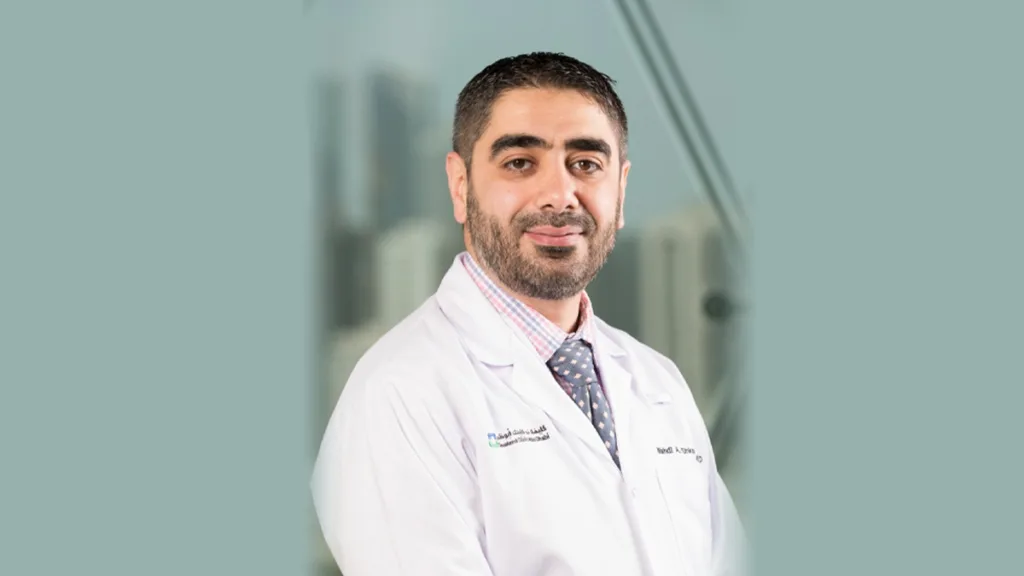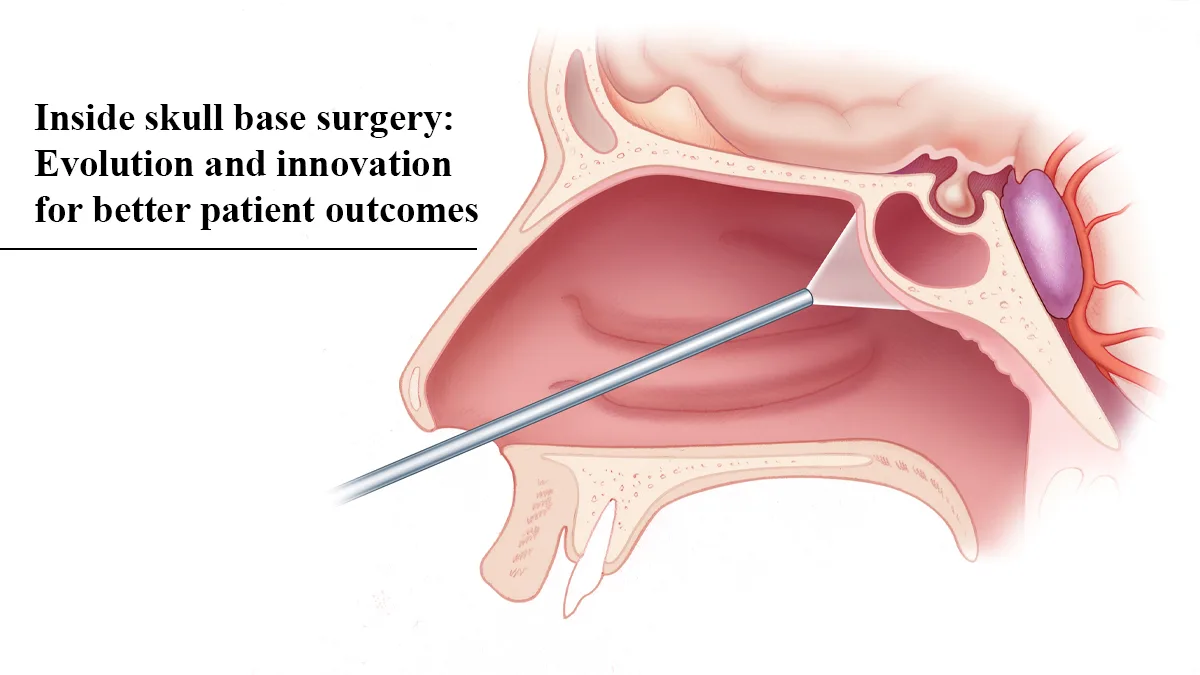Our skull is like a fortress, guarding the brain within. But beneath its surface lies a complex landscape known as the skull base. This area, between the brain and the top of the neck, is home to a platform where the brain sits. The bones that form the skull base also form the eye socket, nasal cavity roof, part of the sinuses and the bones surrounding the inner ear.
Now Imagine the risks when something goes wrong here.
Skull base surgery is a highly specialized field that treats tumors and abnormalities at the junction between the brain, skull, and facial structures. Since the 1990’s there has been significant advances in the field that allowed surgeons to approach the skull base through an endoscope with minimalist approach.
Traditionally, the only way to perform skull base surgery was to open the skull. However, treatments for brain tumors are regularly advancing as developments in imaging and technology are integrated into modern medical practice offering several benefits.
Explaining the technological advancements, Dr. Mahdi Shkoukani, Department Chair, Otolaryngology (ENT) and Head & Neck Surgery, Surgical Subspecialties Institute at Cleveland Clinic Abu Dhabi said, “The emergence of minimally invasive techniques represents one of the most significant developments in skull base surgery. Techniques such as endoscopic endonasal surgery allow surgeons to access the base of the skull through the body’s natural openings, such as the nostrils, experience shorter recovery times, less postoperative pain and reduced risk of complications compared to traditional open approaches.
As these tumors form deep within the skull base, surgical excision can be difficult and requires a specialized team. There can be a risk of damage to the nerves and blood vessels surrounding the tumor, in some cases making surgery unfeasible.
This surgery isn’t easy. Dr. Shkoukani said adding, “The skull base is tough to navigate, and reaching specific areas during surgery is a challenge. It takes a team of experts to manage these pathologies, including ENT surgeons, neurosurgeons, oncologists, otolaryngologists, radiologists, and others.”
Endoscopes have evolved and now feature high-definition cameras. This has drastically improved visualization for surgeons during skull base surgery, providing them with enhanced clarity and magnification, enabling more accurate surgery and better patient outcomes.
Beyond technology, another key aspect of skull base surgery is the multidisciplinary approach. Different specialists need to work together to provide complete care throughout the process including pre and post operative care and reconstruction of the skull base after the removal of abnormalities.
“Advances in skull base surgery techniques are not only improving treatment outcomes, but they are also preserving or restoring function. By minimizing trauma to critical areas and preserving neurological function, patients experience better postoperative functional outcomes, including preserved senses such as vision and hearing, ultimately enhancing their overall quality of life,” added Dr. Shkoukani.
Skull base surgery stands at the intersection of evolution, innovation, and possibilities. With each advancement in technology and technique, new avenues of hope open for patients facing the complexities of skull base pathologies. These innovative approaches ensure optimal functional outcomes and minimize the risk of postoperative complications.




















